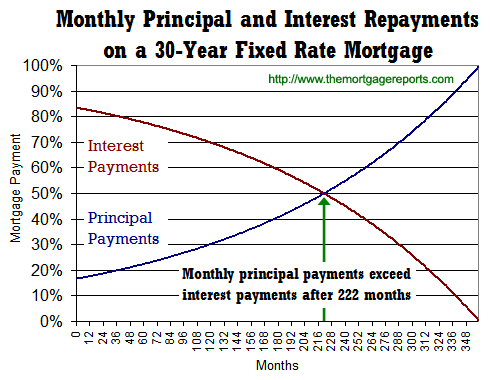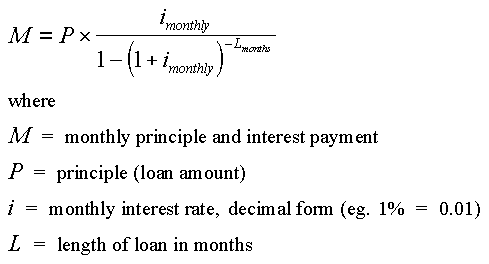

Your chosen loan type can make a huge difference to your repayments. An offset sub-account is just like an everyday transaction or savings account, only that the total savings kept in the account is "offset" against the loan principal.Īn offset sub-account has a similar effect as making additional repayment, only borrowers are still able to access their savings at any time.įind out more about how an offset sub-account works. Reduce the principal you owe with an offset sub-accountĪn offset sub-account is a popular home loan feature that can help reduce the amount of interest you pay on your loan. It's also important to budget properly for when your interest-only period ends and your repayments increase. However, interest-only loans can often have higher interest rates than other types of home loans. The interest-only option is usually more beneficial to property investors because the interest can be tax-deductible on an investment loan.Īlso, this reduces the amount you need to pay in monthly repayments so less is coming out of their own pocket. The main benefit of this is that it keeps your repayments lower. Therefore, the more the principal balance you repay, the more equity you'll have in your home.īenefits of interest-only loan repaymentsĪn interest-only repayment is where you only pay back the interest amount for an agreed period of time, typically between one to five years. Home equity is the difference between the market value of a property and how much you owe. You will also have a shorter time left of your loan term to pay back your principal, as some of your loan term will be spent only paying interest.Īn additional benefit of principal and interest repayments is that your equity can also grow as you pay down the initial loan amount.
#PRINCIPAL OR PRINCIPLE OF A LOAN FULL#
This is because principal is not being repaid during the interest-only period, meaning interest continues to accrue against the full loan balance. Since principal and interest repayments cover both the principal and interest, they reduce the interest you’ll pay over the course of your loan. This is because with every principal and interest repayment you make, your principal loan amount is reducing.Ĭompared to an interest-only loan where your repayment amount will increase after the interest-only period expires. The main benefit of this is that it steadily reduces the principal owing, which results in paying off your mortgage and owning the property. This is the most popular type of loan with Australian borrowers. With a principal & interest loan, the repayment includes both some principal and some interest. Advantage of principal and interest repayments

One is interest-only repayments and the other is principal and interest (P&I) repayments. Generally, there are two types to choose from. When applying for a home loan, you can choose how you want to repay your loan. Factors like loan interest rates, loan term, and how you manage your repayments over the life of the loan will determine how much interest you pay in total. The interest is the cost of borrowing the principal. The principal is the loan amount you borrowed from your lender to purchase the property. The key components of loan repayments are the principal and the interest. There are a number of strategies you can choose from to repay your home loan debt. Reduce the principal you owe with an offset sub-account


 0 kommentar(er)
0 kommentar(er)
